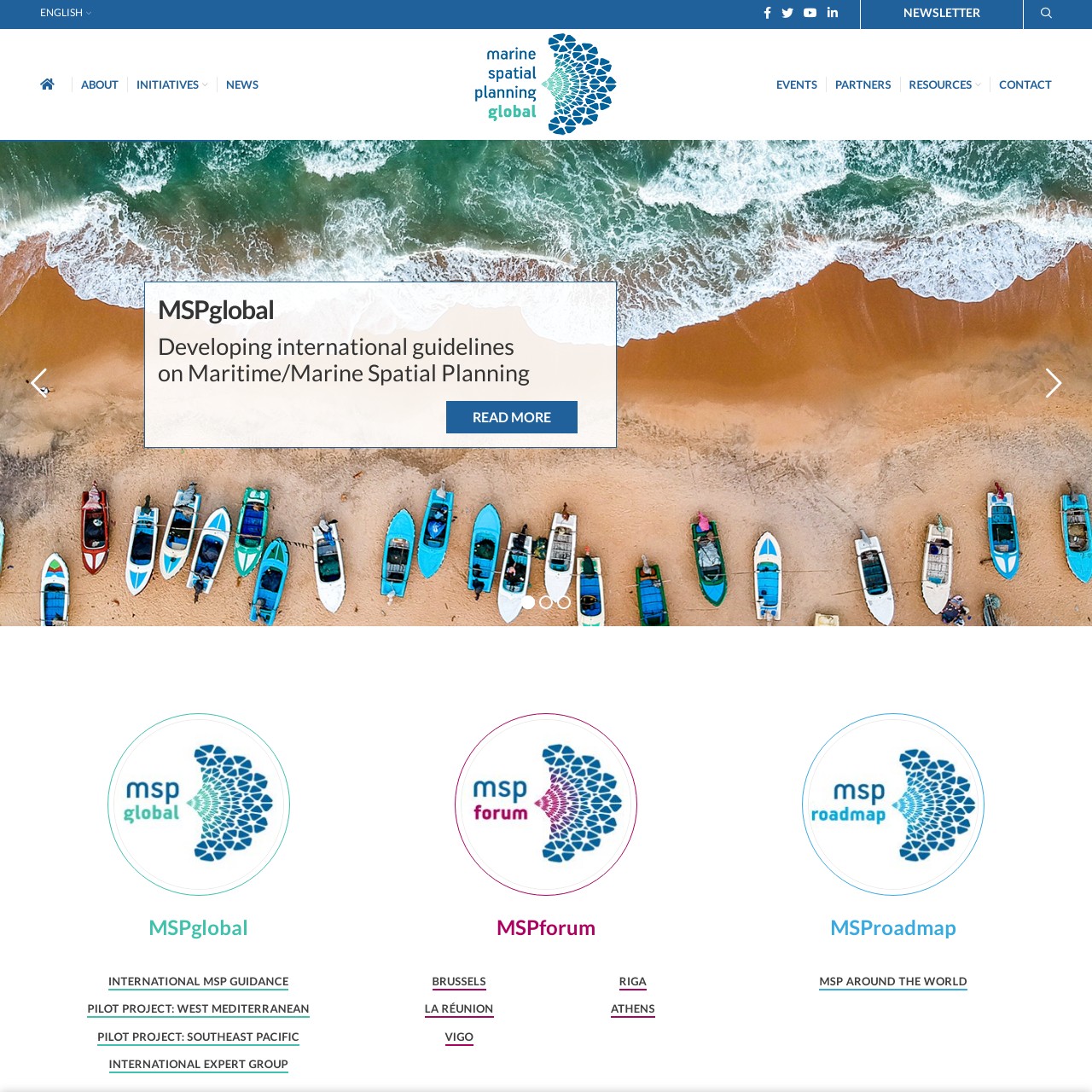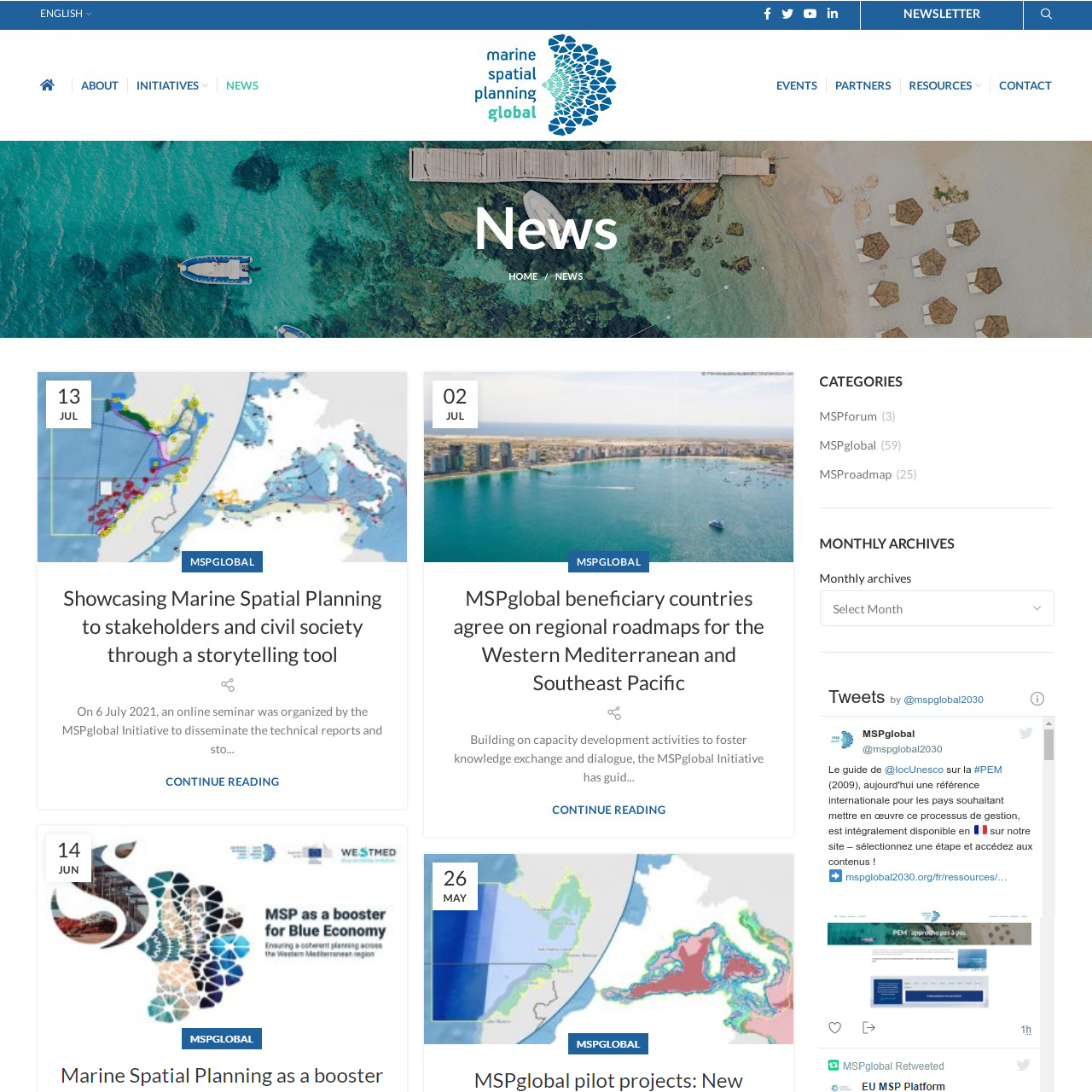



This BB aimed to structure the tasks related to stakeholder engagement and communication through the development of:
I) A Strategy for Public Participation based on:
- Three pillars: identification of stakeholders; engagement activities; and monitoring and evaluation of participation
- A two-way participatory approach: balance between top-down and bottom-up
II) A Communication and Dissemination Plan to set a unified tone and direction so that all activities, tools and materials work in harmony to create a shared vision to raise awareness of the initiative and its results. It also included monitoring of a number of metrics – through various channels and means – to evaluate the overall impact and success of communication and dissemination actions.
Standalone communication and dissemination plans, as well as engagement plans and reports were developed to guide and evaluate each activity implemented. The key messages from these reports were used as web news in order to communicate and report back to the stakeholders.
In the Southeast Pacific pilot, the following engagement activities were implemented:
- Stakeholder meetings, especially for the mapping exercise in the Gulf of Guayaquil
- Institutional workshops at national and regional levels
- Training courses for governmental authorities and sectoral stakeholders
- Contacts from previous project developed in the region
- Nomination of a governmental representative (National Focal Point) to support the identification of stakeholders, as well as to officially invite them to participate
- Development of a Stakeholder Database to include all stakeholders who so wished, facilitating the contact and dissemination of information
- Development of a visual identity
- A member of the team fully dedicated to communication
- Stakeholder Database: When dealing with hundreds of stakeholders, better to build a database with limited number of essential fields to maintain communication
- Stakeholder mapping: Actively map stakeholders (e.g., snowball technique) in order to expand and diversify the actors engaged
- Engagement activities: Start organizing and publicizing well in advance, as well as send reminders frequently (for both face-to-face and online events)
- Local stakeholders: Field visits to identify and engage with local stakeholders, who might be less willing to use virtual channels
- Communications and outreach: Adapt communication to the stakeholders involved; use different channels to reach larger audience; mix digital, audiovisual and print products